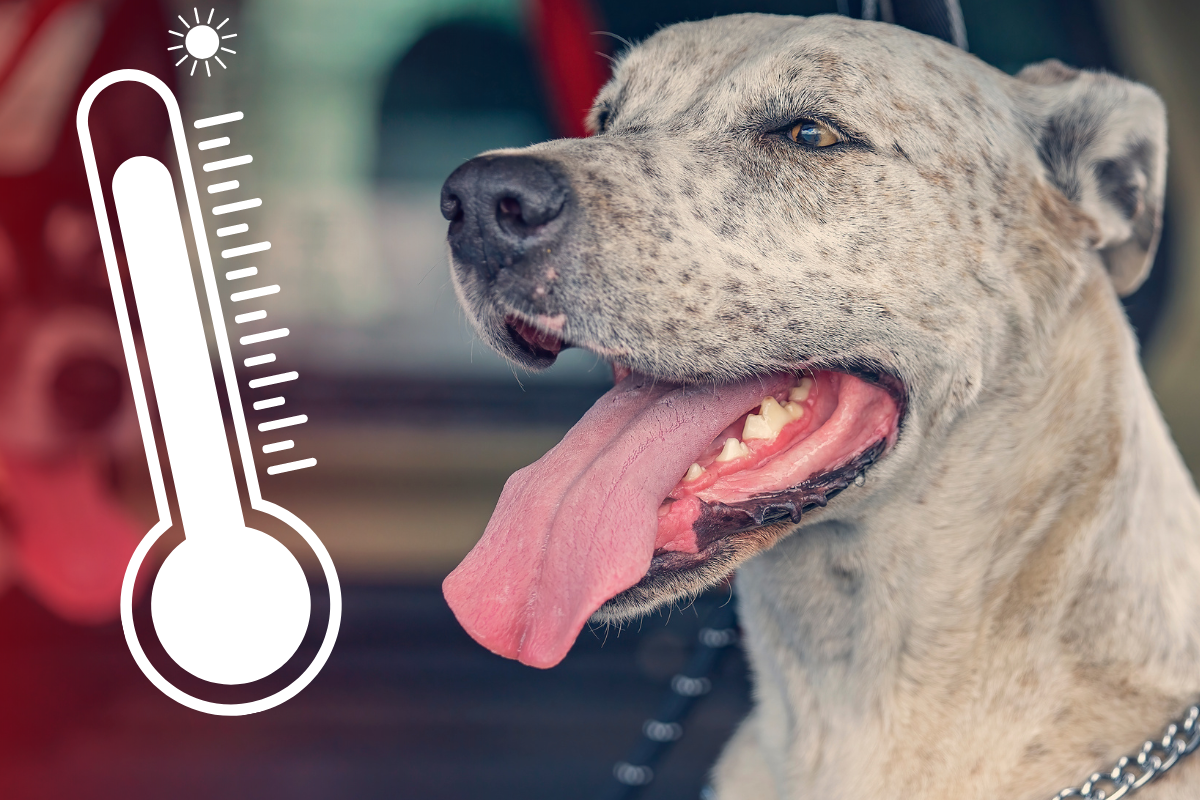As the intense heat wave persists across much of the U.S., it’s increasingly important to prioritize safety measures for both yourself and your loved ones, including your furry companions who are more susceptible to heatstroke.
What are the signs of heatstroke?
Heavy panting and drooling may be early signs that your dog is overheating. If after you’ve brought them into an airconditioned room and tried to cool them off, they are still excessively panting and drooling, or they begin to have difficulty breathing, bloody diarrhea, vomiting, weakness, confusion, seizures or collapse, then they should be taken to a veterinary hospital immediately.
Which dogs are most at risk?
Dogs only have sweat glands on their paws so their primary method of dissipating heat to cool themselves is through panting. Because of this, short-muzzle breeds such as pugs, bulldogs, boxers, etc. cannot pant as efficiently and have a harder time keeping themselves cool, putting them at a higher risk in hot or humid weather.
Extra precaution should also be taken with obese or elderly dogs, and those with thick or dark-colored coats since they are at a higher risk for heatstroke.
Here are some tips for keeping your dogs safe and cool during these scorching summer days:
Watch out for hot pavement
Experts advise limiting walks to the cooler early morning or evening hours, in part because hot asphalt in the middle of the day can put dogs at risk for burned paw pads. If it’s too hot for you to walk barefoot, it’s definitely too hot for your dog. Try to keep your pet on grass or at least avoid dark-colored pavement. Using dog booties can also help prevent accidental injury!
Be safe outside
You should limit your time with your dog outside during intense heat waves, but if you are outside for short periods of time, make sure to give your pet access to shade and cold water. You can add ice to water when possible and position your dog where tree shade and tarps are accessible because they don’t obstruct air flow. Doghouses do not provide any relief from the heat and in fact, can make it worse in some situations, because of a lack of airflow.
The car is not a dogsitter
Never leave your pet in a parked car, since temperatures can quickly rise to dangerous levels even in the shade or with the windows down.
On an 85-degree day, for instance, the temperature inside a car with the windows slightly open can reach 102 degrees within 10 minutes, and 120 degrees after half an hour which can cause organ damage or death.

